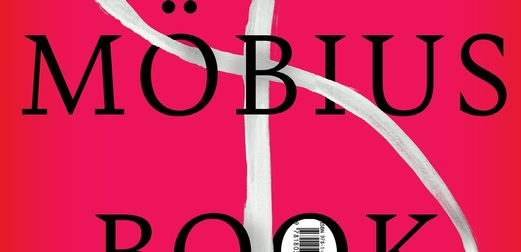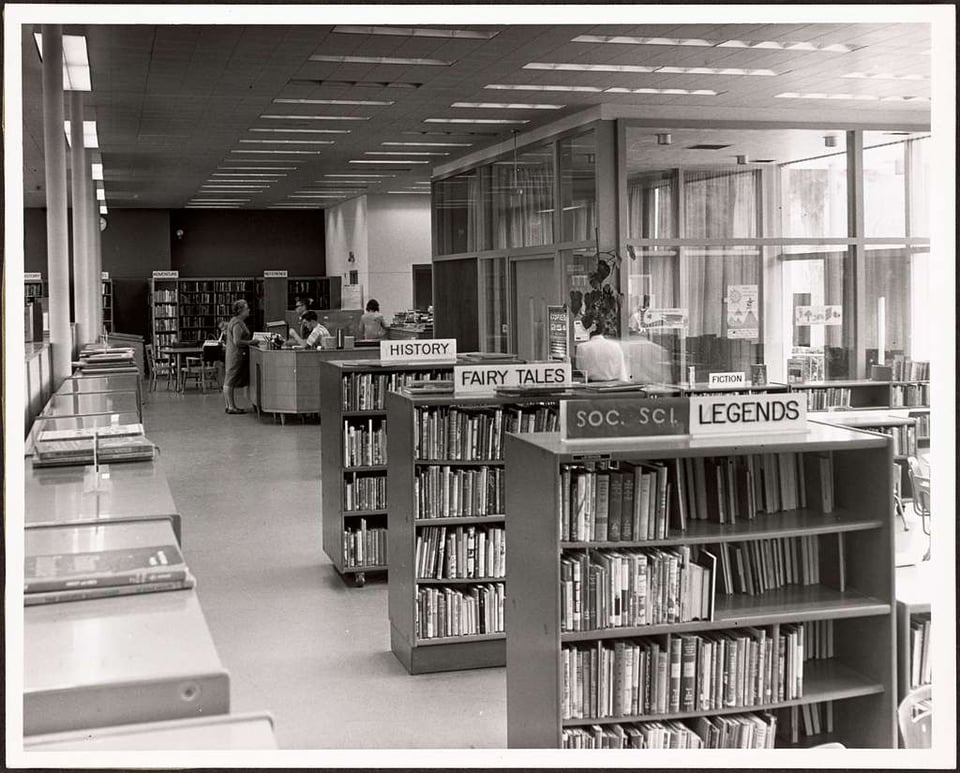Expedition 17
The Bathysphere
Hello and welcome back to the Bathysphere. Please come in, there is plenty of room. On this expedition, Christian is playing Solitaire, Florence is experiencing a Quiet Year and Keith is looking through his video game book collection – again! Thank you for joining us. Enjoy the ride.
The Bathysphere crew
Christian Donlan
Florence Smith Nicholls
Keith Stuart
Contact us at bathyspherecrew@gmail.com
Delightful games

A Solitaire Mystery is finally out on Steam and giving me flashbacks to UFO 50. All these new games! Almost too many of them. Where to start? Which ones should I really pay attention to?
For A Solitaire Mystery it’s further complicated by the fact that all of these games are variants on Solitaire in the first place. Luckily I’ve found a way in. Time Travel Solitaire.
Is this the best variant to start with? Probably not. But it’s the one that has claimed my heart. It’s Solitaire, but you can borrow cards from the future in order to free up other cards. The only challenge is that cards you borrow from the future come with a countdown, and you need to return them when the countdown reaches zero.
This reminds me of something a school friend who was doing A-level physics used to tell me about un-sandwiches. He said he could eat un-sandwiches in the morning, but he had to remember to go and make them in the evening or the universe would explode. I think he would like Time Travel Solitaire quite a bit. CD
Every game by Zach Barth feels like a little investigation into what games actually are and how they work. His latest, Kaizen: A Factory Story, is a case in point. It’s ostensibly a simulation in which you run a factory during the Japanese economic boom of the 1980s, but it also asks questions about the drive for efficiency and the idea of player-defined goals. I am enjoying its charm and deceptively simple construction. I give it a five star rating for safety. KS
I’ve been at a conference this week and ran a session on keepsake games. The term was introduced by Shing Yin Khor to describe games that produce a physical artefact through the gameplay process. I would highly recommend Shing’s keepsake game A Mending, in which you trace a route to a friend by stitching onto a map. FSN
Related to the concept of keepsake games and map-making, I played Avery Alder’s The Quiet Year this week, a GM-less TTRPG about collaboratively drawing a map and charting a community over the course of a year struggling after the collapse of civilisation. In our version we had a complicated religious schism over the worship of pikas. FSN
Interesting things

Catherine Lacey’s The Mobius Book is an astonishing thing. It’s a kind of memoir/auto fiction experiment about some deeply serious themes, and it’s arranged like a Mobius strip in a way. Well, I mean that you can start the narrative at either end of the book and read back to the centre and it all works.
Now I’ve written it down like that it doesn’t feel entirely like a Mobius, but the structural conceit is secondary to the text itself, which dazzles, horrifies and, as with all great writing, elevates the soul a bit. For my money, read the red half first. CD
If you’re looking for a new podcast, may I recommend Games of Note, presented by game designer Will Luton and bizdev consultant Wayne Emanuel. Each episode they analyse a classic game, interrogating its winning qualities and impact on the industry. So far they’ve done Shenmue and Castlevania and they plan to cover both well-known and obscure titles going forward. KS
While at the Develop conference in Brighton last week I attended a talk entitled What Game Designers Can Learn from Cognitive Psychology by Roy Caseley, a lecturer in game design at UAL. It was an interesting event during which Caseley referenced a paper on game design that I’d forgotten about, but is definitely worth reading. Written by Greg Costikyan, I Have No Words & I Must Design, is a look at puzzles and game design and how we describe/explore the differences and interactions between the two. It’s a long read but worth it. KS
Essay: the changing act of reading about video games

Over the years I have built up quite a large library of books about video games – partly because I’m interested in the history of the medium, of course, but also because we’re still in the early years of figuring out how to catalogue games and game culture in long-form publications – and seeing this take shape is interesting.